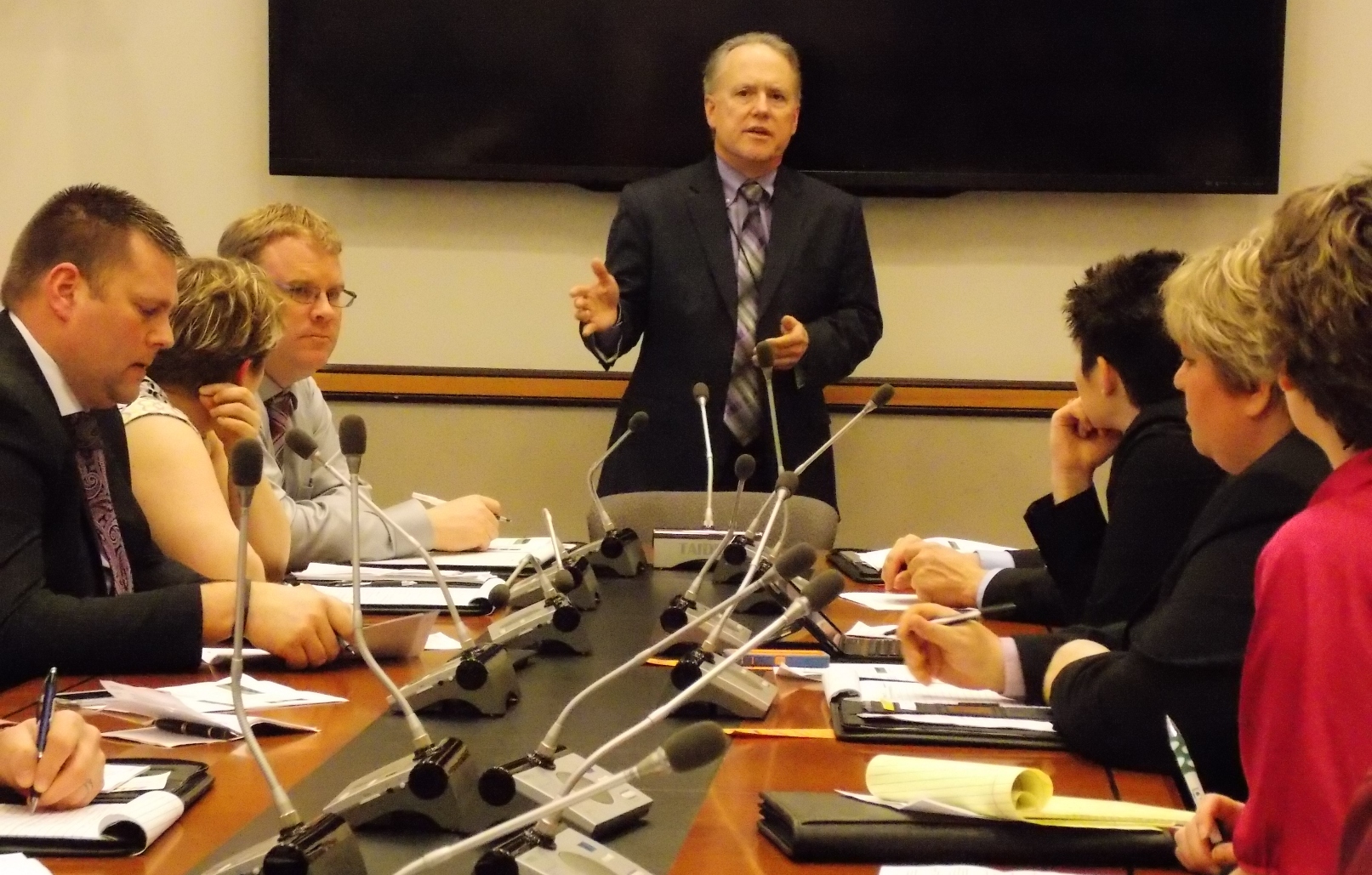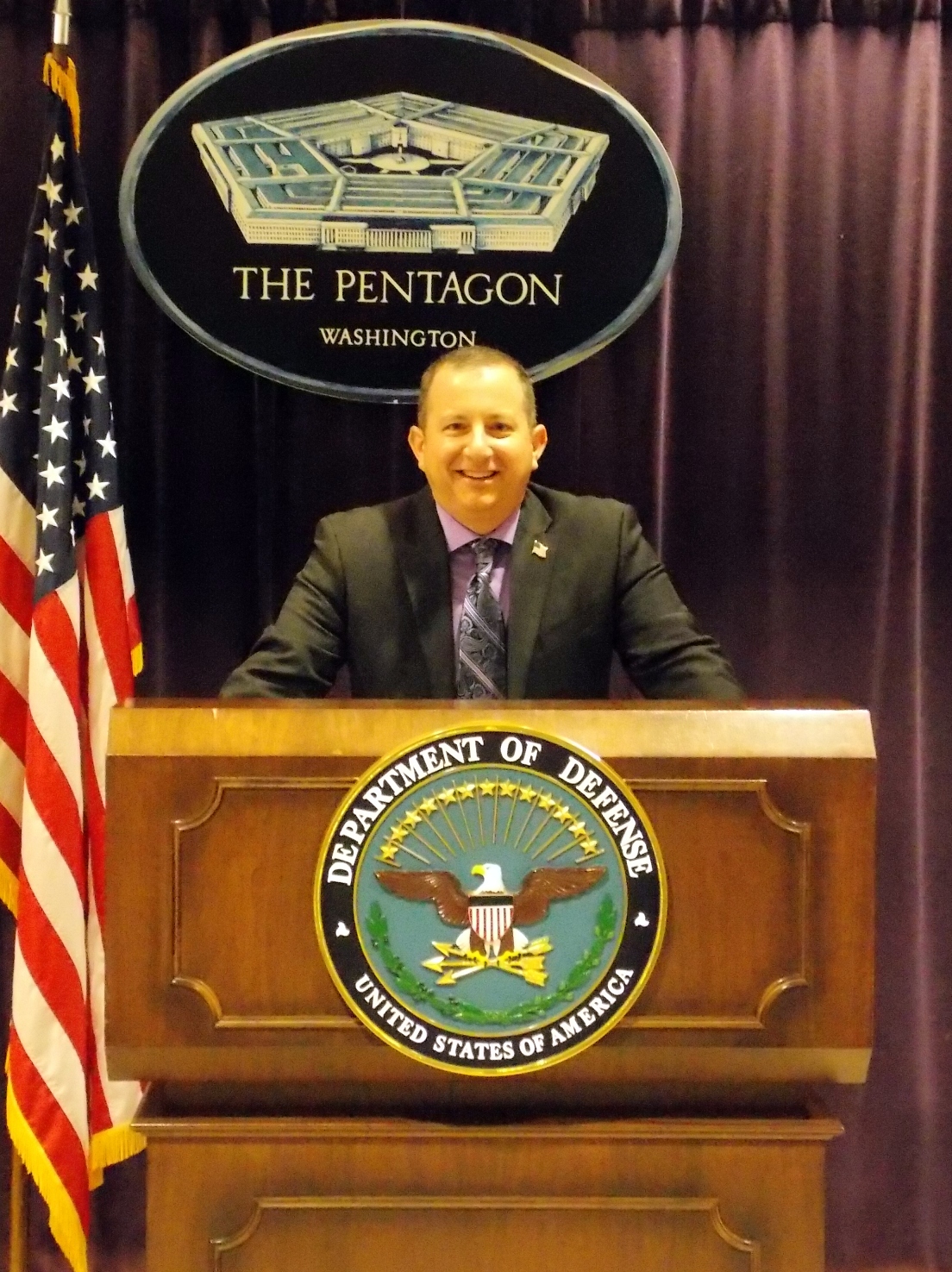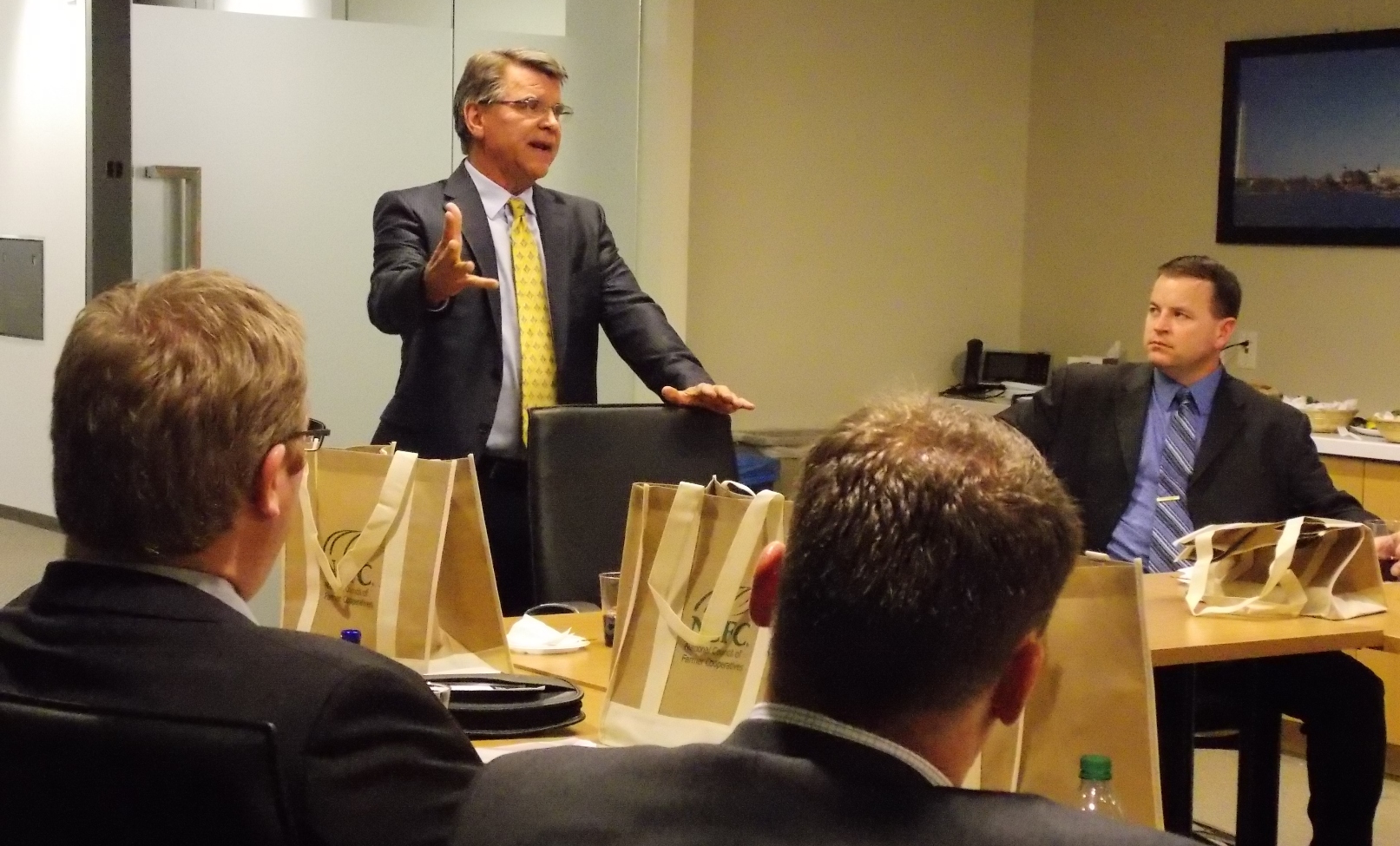From Washington, DC; Thursday, March 12, 2015
Written by Karlie Bowman, Brian Satorius, & Brad Uken – Presiding Fellows
We were grateful for another beautiful day to experience D.C. The weather was phenomenal again, making our travels and visits very enjoyable.
The day began at the Pentagon. The Pentagon is the world’s largest office space, housing 25,000 employees, both civilian and military. The building was built in 16 months, and is twice the size of the Merchandise Mart in Chicago—and has two times the floor space of the Empire State Building. We were privileged to see many displays commemorating military leaders and war memorabilia. The most special part of the tour, though, was visiting the 9/11 Memorial. The memorial provided in-depth details of the Pentagon employees and American Airlines Flight 77 passengers who perished there.
After lunch we visited the Australian Embassy. We were all hoping that perhaps this visit would provide insight about our upcoming two-week international seminar. However, no hints were provided. At the Embassy we heard from John Watts, Trade Counsellor. He shared many interesting details about Australia’s history and how the country came to be a strong ally of the US. Major agricultural products include wool, wheat, wheat, dairy, and grapes for wine grapes. The country primarily exports beef/veal, wine, lamb and mutton, sugar and dairy to the US. Productive agricultural land is sparse, and most production is limited to the north and east coasts.
Our time was short at the Embassy, and after our visit we traveled to the Environmental Protection Agency (EPA). At EPA we heard from three staff members.
The first was Paul Argyropoulos, Senior Policy Advisor for the Office of Transportation and Air Quality. Argyropoulos spoke to the group about the Renewable Fuel Standard Program (RFS). He shard that his team regulates both on and off road equipment emissions standards and regulates fuel and quality.
Katie Flahive, an Environmental Scientist, Office of Water provided details about the 319 Nonpoint Source Program and the Hypoxia taskforce, which is working to reduce size of hypoxia zone, reduce nitrogen and phosphorus from the Golf and their work with the Keep It On The Crop Program.
The third presenter was Ron Carleton, Ag Counselor to the Administrator. He advises the administrator on agriculture and how EPA policy impacts agriculture.

Ron Carleton, Agriculture Counselor to the Administrator at the USEPA, speaks to the IALP Class of 2016.
The highlight of the day was visiting with Chuck Conner, President & CEO of the National Council of Farmer Cooperatives (NCFC). Chuck shared about the power of cooperatives and how his organization is working to better collaborate with other partners, such as food processors, seed suppliers, grocery manufacturers and others to form alliances when advocating for agriculture. Chuck provided a really wonderful opportunity for questions and answers and shared some of his history and his thoughts on leadership.
It was a great day, certainly filled with many new experiences and opportunities for learning and growth.



